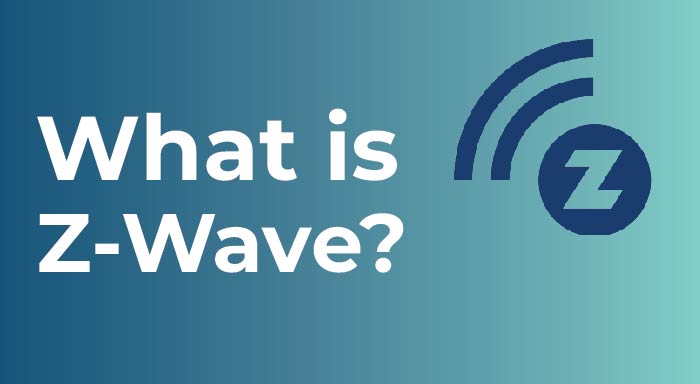The idea of a smart home is becoming more and more popular by the year, and in the world of wireless connectivity, Z-Wave has become one of the most authoritative communication protocols in IoT that can offer improved connectivity and effectiveness of smart devices.
But what is Z-Wave and why it is important in the growth of the smart home industry?
In this blog, we’ll explore Z-Wave, learn about the advantages of its use, and discover how this technology can change our homes.
What is Z-Wave Technology?
Z-Wave is a type of wireless network standard mainly developed for use in the home automation market. It complements them by using the sub-1GHz spectrum while Wi-Fi and Bluetooth work at the 2. 4GHz.
This means that Z-Wave signals work at a lower frequency, which means that they would be able to easily penetrate through the walls of a house and other obstacles; this makes Z-Wave preferable when working across large distances.
Benefits of Z-Wave
Low Power Consumption
Z-Wave in particular is not very power-intensive and the devices are built to have low power consumption compared to for example Wi-Fi and Bluetooth connections. This is even more beneficial as several devices such as sensors and smart locks that are battery operated are supposed to run for some time without having to acquire new batteries frequently.
Reliability and Range
Another advantage that is almost iconic for Z-Wave technology is its range and reliability of signal transmission. Z-Wave devices form a mesh network in which any device is capable of communicating with the other devices thus increasing the range of coverage.
This mind of connecting makes it easier for the data to reach its destination even if one of the devices is down since there is another way the data can be used to reach there making the system or the network strong or in other words, fault-tolerant.
Interoperability
Interoperability is another major benefit of Z-Wave smart home devices. The standard is managed by the Z-Wave Alliance, nevertheless, they guarantee that various Z-Wave products by different producers are compatible and can communicate with each other.
This compatibility means that one does not have to be limited to using products from a specific manufacturer when carrying out home automation.
Use of Z-Wave technology in smart homes
Security and Surveillance
One of the key functions of smart home security is fulfilled by Z-Wave. It is possible to cover security with the help of smart locks, door/window sensors, and security cameras using Z-Wave as the communication protocol. Suppose one of the sensors is activated then an alert to your smartphone is given and at the same time all the security cameras in the house connected to the Z-Wave network can begin to record.
Energy Management
Z-Wave tech is typically seen in devices such as smart thermostats, lighting control, and energy management systems people install to help them regulate and control the energy used at their homes. These devices can communicate with each other and adjust their usage in a way that optimizes on energy efficiency such as switching off lights when there is no one in a certain room or adapting the temperature in a home based on who is in which room.
Convenience and Automation
Indeed, through Z-Wave, many operations and procedures can be set within the house. Just think of a day that is accompanied by a preprogrammed alarm that begins with the lighting in the bedroom increasing gradually, the apparatus that brews coffee beginning to work, and the temperature of the room increasing gently, all these being controlled by Z-Wave. This level of automation however goes a notch higher to bring convenience, energy conservation as well as improvement in the management of the house.
The Future of Z-Wave
The future looks promising for Z-Wave technology as it continues to evolve and expand its capabilities. Innovations are focusing on enhancing security features, increasing data transmission speeds, and further improving energy efficiency. Additionally, the Z-Wave Alliance is working to ensure that the technology can keep pace with the growing demands of smart home ecosystems and the Internet of Things (IoT).
Conclusion
Thus, Z-Wave as a technology is unique in the smart home market by the ability to be fully reliable, energy-saving, as well as compatible with most of the other systems and devices.
Since Z-Wave technology allows for efficient and effective coordination of several smart devices, one can state that Z-Wave technology has great potential to become an indispensable part of the home automation systems of the future. Z-Wave can be safely integrated into a home to improve the efficiency, security, and smart feel of daily life to enhance everyday experiences.
Check out other Communication Protocols in IoT
Everything Need To Know About Wi-Fi (IEEE 802.11)
Bluetooth Low Energy | Powering the IoT Revolution
What Is ZigBee? | A Comprehensive Guide
LoRaWAN Simplified | Work, Components, Applications And Advantages
Narrowband IoT (NB-IoT) is Transforming Industries From Smart Cities to Agriculture



